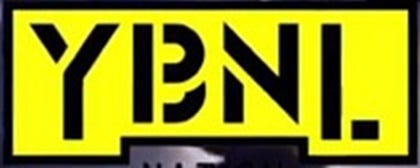YBNL: The Street Label That Built a Nation - and a Scalable Business
How Olamide turned local leverage into global value—without selling his soul, or his masters.
Next up, in our series of deep dives on Nigeria’s leading music companies, is YBNL. Enjoy!
In the decade since Afrobeats broke into global consciousness, few labels have left a deeper mark than YBNL. And yet, despite a record of back-to-back star launches, billion-stream breakouts, and street-level brand dominance, YBNL has never once sounded like it was chasing Silicon Valley-style “scale.”
That’s because it wasn’t.
Olamide didn’t build YBNL to impress global music conglomerates. He built it as an alternative. A label for the streets, run with speed, precision, and independence. No frills. No corporate hangover. Just music, motion, and ownership.
But here’s what’s often missed: beneath the DIY visuals and local-first aesthetic sits one of the most economically efficient IP ventures in African music.
This is a breakdown of YBNL as a business—its economics, its catalogue value, and why it may be one of the smartest label builds in modern African music history.
The Olamide Doctrine
When Olami…


